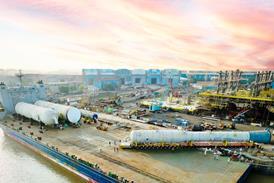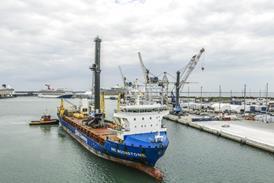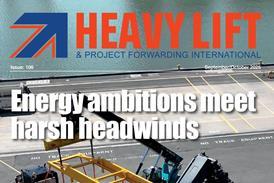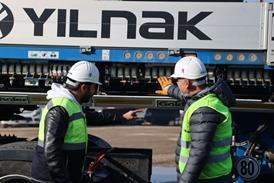Storm risks and fires at sea highlight insurance challenge

As the offshore wind energy sector develops off the US East Coast, the insurance sector is struggling to keep pace with its unique and concentrated risks, compounded by the lack of suitable catastrophe models. Meanwhile, two serious fires at sea have reignited concerns over the safe transport of electric vehicles and hazardous materials, underlining persistent vulnerabilities in the maritime sector. Gregory DL Morris reports.
There is about USD75 billion in aggregate risk in the nascent US offshore wind sector, which is “starting to stress the global nat[ural]-cat[astrophe] capacity,” said Lena Park from Marsh Specialty’s power and renewable energy brokerage practice. She was on the insurance strategies panel at the Oceantic Network offshore wind conference, held from April 28 to May 1 in Virginia Beach, Virginia.
Sean Murphy, renewables manager for the Americas at ABL Group, also on the panel, added that “good project management calls for the fewest possible lifts and moves. But the Jones Act restrictions mean the opposite: more lifts and more moves.” While cabotage rules have been part of the basis for booming port revitalisation to support offshore wind development, the transloading and marshalling does add complication, time and expense.
All that said, the biggest concern remains the unknown effects of severe storms on the turbines dozens of miles offshore. Insurance companies acknowledge that while they have half a millennium of weather records for the Atlantic seaboard, and more than a century of storm and loss data for offshore structures in the Gulf of Mexico, there is no overlap.
Keep up to date on the latest information on over-dimensional and heavy cargoes.










